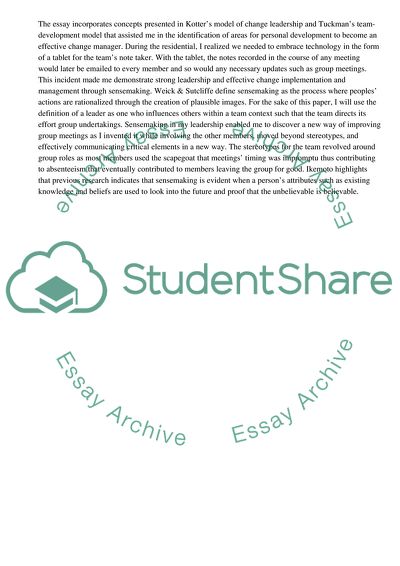Cite this document
(Teamwork, Leadership & Personal Development-Individual Reflective Coursework - 1, n.d.)
Teamwork, Leadership & Personal Development-Individual Reflective Coursework - 1. Retrieved from https://studentshare.org/business/1855163-teamwork-leadership-personal-development-individual-reflective
Teamwork, Leadership & Personal Development-Individual Reflective Coursework - 1. Retrieved from https://studentshare.org/business/1855163-teamwork-leadership-personal-development-individual-reflective
(Teamwork, Leadership & Personal Development-Individual Reflective Coursework - 1)
Teamwork, Leadership & Personal Development-Individual Reflective Coursework - 1. https://studentshare.org/business/1855163-teamwork-leadership-personal-development-individual-reflective.
Teamwork, Leadership & Personal Development-Individual Reflective Coursework - 1. https://studentshare.org/business/1855163-teamwork-leadership-personal-development-individual-reflective.
“Teamwork, Leadership & Personal Development-Individual Reflective Coursework - 1”, n.d. https://studentshare.org/business/1855163-teamwork-leadership-personal-development-individual-reflective.


